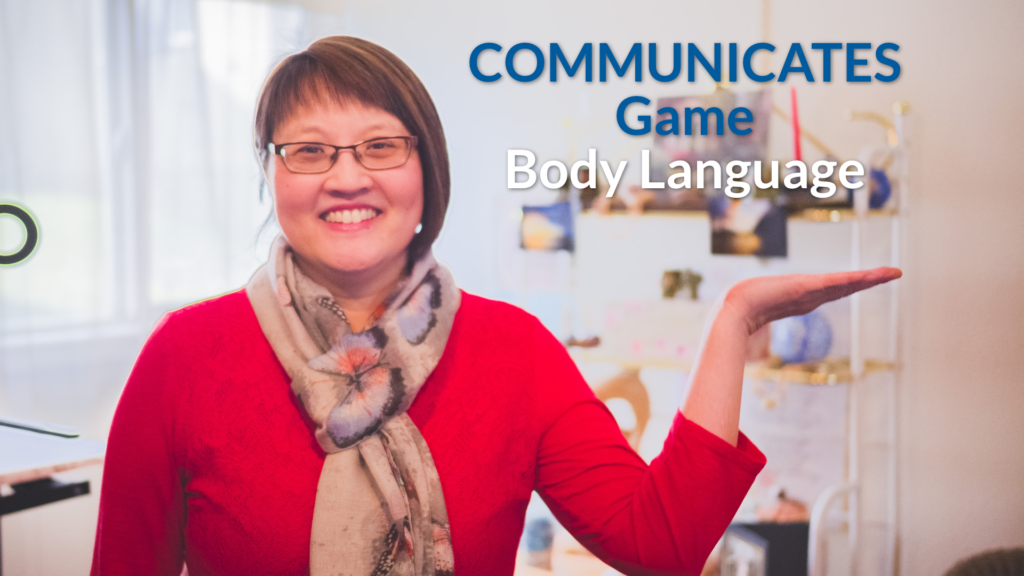Let’s Play COMMUNICATES (Awareness of Words and Actions)

Sometimes you can become upset, even overwhelmingly so, that you might not be aware of your actions. You might not even be aware of the words that are coming out of your mouth. You know you’re angry and upset, and your expression shows it. How aware are you of what you’re saying and acting during […]
Body Language | The COMMUNICATES Game

https://vimeo.com/815756959 If you’re an introvert, sensitive, conflict phobic person who would love to be able to communicate your thoughts, feelings and desires without the feeling of being overlooked, overshadowed and overwhelmed, stay tuned for fun and valuable information. Hi, I’m Grace, and welcome to The Communicates Warrior Game video series, or what I like to […]
Let’s Play COMMUNICATES (Movement AKA Body Language)

If you’re a sensitive introvert and conflict-phobic person you might be more aware and pay attention to details such to body language more than a person who is not sensitive, conflict-phobic and an extrovert. With the communicates game, you are likely to notice the different facial and body movements of the people you’re playing the […]
